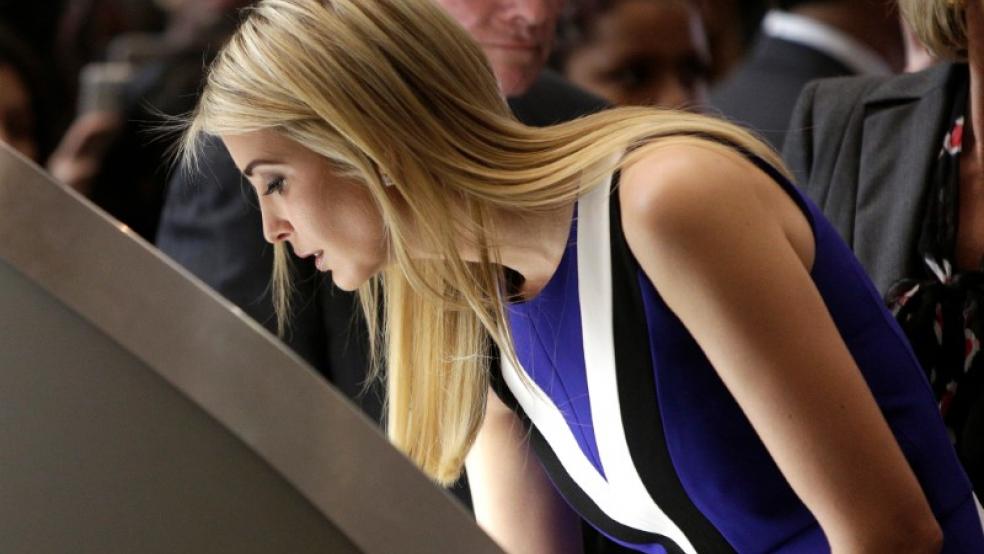Ivanka Trump has reportedly been working to promote the Child Tax Credit that is part of the current GOP tax blueprint, meeting with prominent conservative advocacy groups such as the Chamber of Commerce and The Heritage Foundation, as well as leaders from both parties.
Amid criticism that the Republican tax plan largely benefits the rich, Trump is emphasizing that the credit benefits the middle class. But while she “might be able to help change the narrative,” says CNBC, much depends on the size of the credit and whether it is refundable — details that have not been provided by the White House.
While it’s impossible to evaluate the effectiveness of the Child Tax Credit without knowing its final shape and size, an analysis by the American Enterprise Institute last week provides some useful insights. Doubling the current $1,000 Child Tax Credit would increase the after-tax incomes of households in the middle of the income distribution by about 1 percent at a cost of $430 billion through 2026. The benefit would spread across all income groups, with most of its effect in the middle of the distribution — which could be appealing politically as Republicans tout a tax cut for the middle class.
At the same time, AEI points out that there’s a more effective way to help middle- and working-class families, and that’s by expanding the Earned Income Tax Credit. Expanding the EITC by 31 percent, which would cost about the same as doubling the Child Tax Credit, would provide a larger boost for middle-income families. Households in the fifth income decile would see a 2.2 percent boost in after-tax incomes, and all income groups in the bottom 60 percent would get more from an expanded EITC than from a doubling of the Child Tax Credit. Additionally, an expanded EITC would provide no benefit to upper-income households, which could have its own political appeal.
Changes to the EITC are not currently part of the Republican tax plan.



